
Many people think they can install electric wiring independently without issues. The National Electric Code compiles standards meticulously crafted to ensure the reliability of electrical systems across the United States. Here are 15 code violations people commit.
Improper Wiring Methods

One of the most recurrent offenses involves improper wiring methods, where cables are haphazardly routed, stripped, or connected without adherence to NEC guidelines. Such lapses not only jeopardize the integrity of electrical circuits but also heighten the risk of short circuits, overheating, and potential fire outbreaks.
Inadequate Grounding
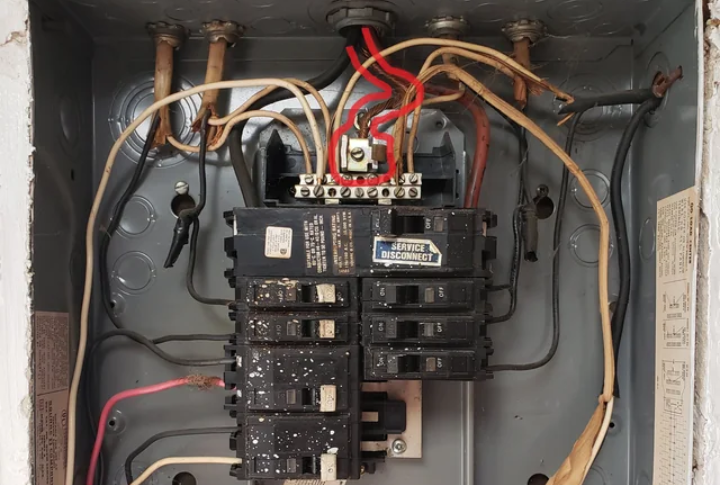
Grounding is often overlooked or wrongly implemented, leading to many safety hazards. When electric appliances lack proper grounding, they become susceptible to electrical surges, rendering them a ticking time bomb that could destroy property and lives.
Overloading Circuits
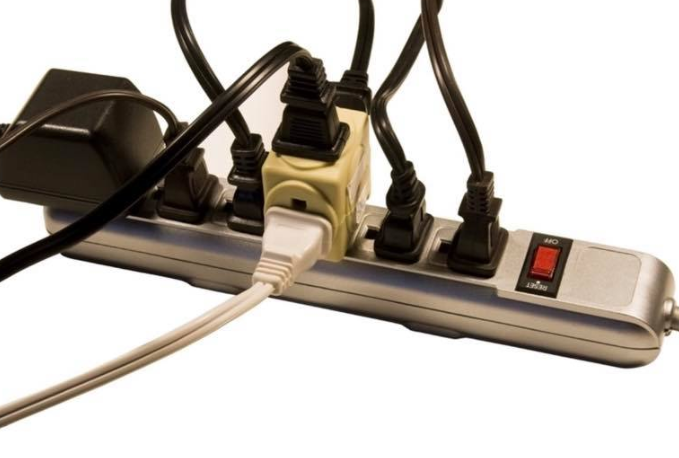
The temptation to overload electrical circuits is a common pitfall. Whether due to excessive appliances or power-hungry devices, overloading circuits violates NEC capacity and increases the likelihood of circuit failures, electrical fires, and costly damages.
Insufficient Space around Electrical Panels

Neglecting to provide adequate space around electrical panels might seem inconsequential, but it’s a violation that can have far-reaching consequences. Restricted access inhibits maintenance, inspection, and emergency response efforts, impeding the swift resolution of electrical issues and exacerbating safety risks.
Choosing the Wrong Breaker
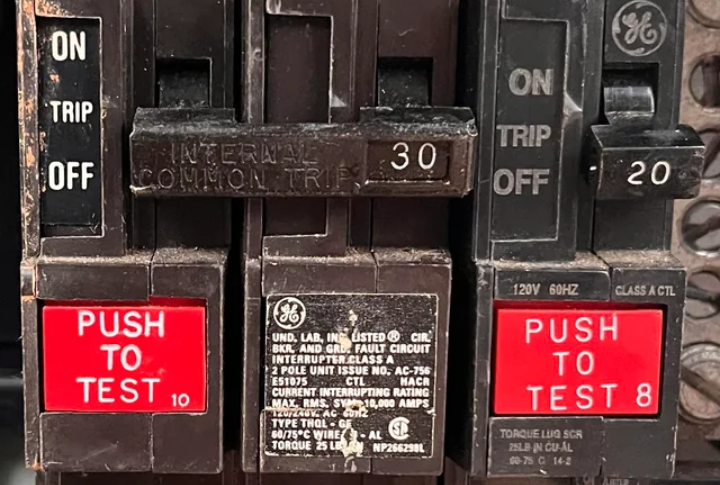
Selecting an incorrect circuit breaker size is a common misstep that violates NEC guidelines. Undersized breakers can lead to frequent tripping, overheating of wiring, and increased fire threat due to overloaded circuits. Conversely, oversized breakers pose risks of electrical equipment damage and compromised security during faults or short circuits.
Misuse of Extension Cords
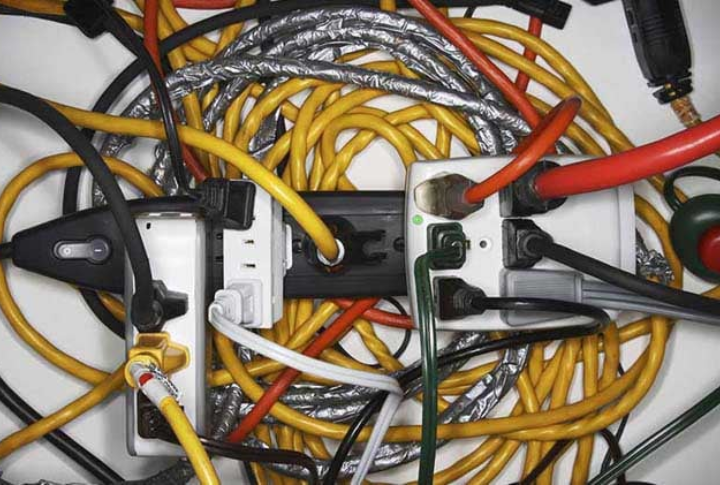
Extension cords, though convenient, are often misused in ways that contradict NEC standards. Whether through daisy-chaining multiple cords, using damaged extensions, or exceeding load capacities, such practices compromise electrical safety, paving the way for accidents, injuries, and property damage.
Wiring Switches Without a Neutral Wire
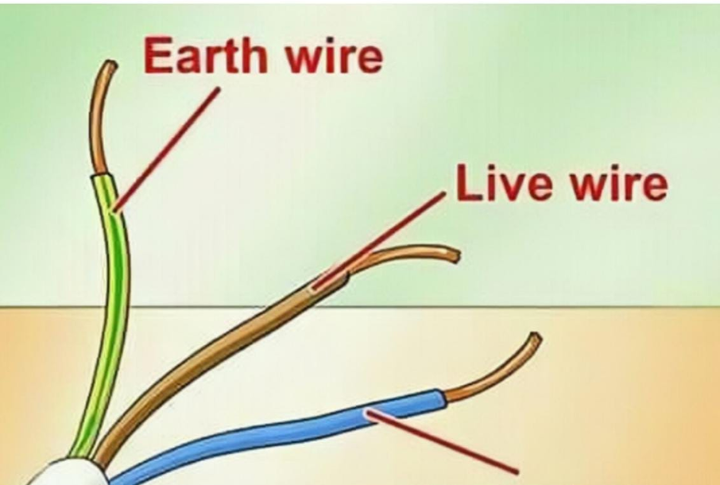
The absence of a neutral wire in switch wiring is a mistake that can disrupt the proper functioning of lighting circuits and electrical devices. Without a neutral wire, devices such as smart switches, dimmers, and timers may malfunction or fail to operate, posing inconvenience and unsafety.
Lack of Arc Fault Circuit Interrupters (AFCIs)
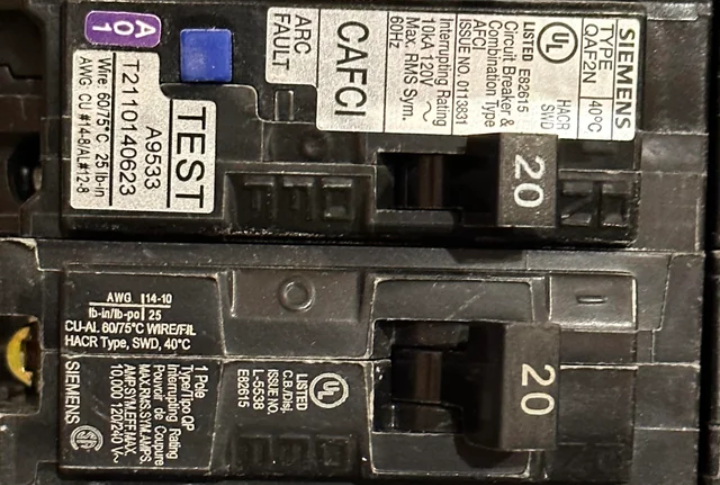
Failure to install Arc Fault Circuit Interrupters in appropriate locations is a common violation of NEC guidelines. AFCIs are crucial in detecting and mitigating arc faults, which can lead to electrical fires. Their absence or wrong installation leaves buildings vulnerable to preventable fire threats.
Using the Wrong Cover on a Receptacle
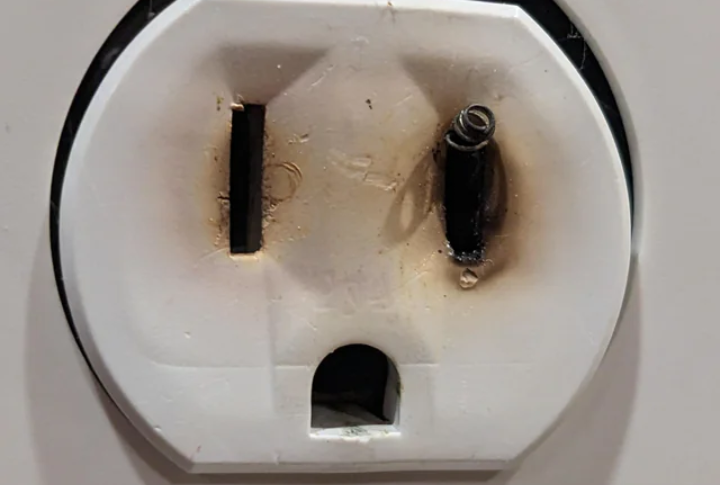
Misusing or installing unsuitable covers on electrical receptacles compromises well-being and functionality. Incorrect covers may fail to provide adequate protection against electrical shocks, expose wiring to dust and debris, and hinder the proper engagement of plugs, leading to potential dangers.
Inadequate GFCI Protection
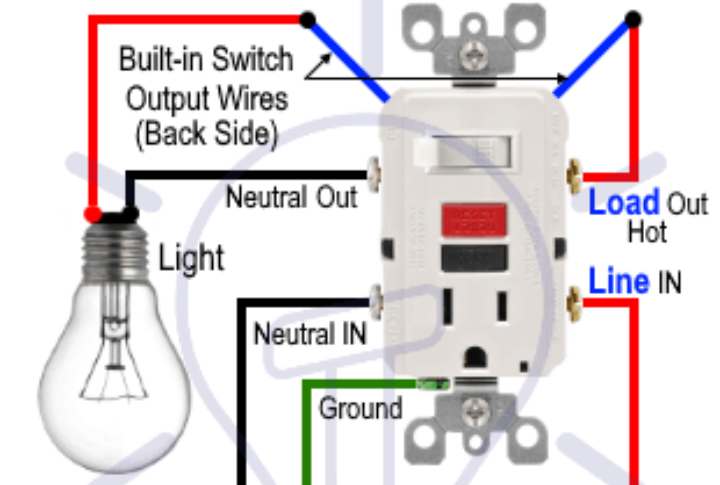
Ground Fault Circuit Interrupters (GFCIs) are indispensable in wet or damp locations, yet their absence or incorrect installation is a frequent National Electric Code violation. Without GFCI protection, areas such as kitchens, bathrooms, and outdoor outlets become hotbeds for electrical shocks and potential electrocution.
Ignoring Conductor Ampacity Ceiling

Exceeding the conductor ampacity maximum is a serious breach that compromises electrical system safety. Ignoring these limits can lead to overheating, insulation degradation, and catastrophic failures that pose significant risks to life and property.
Inappropriate Equipment Installation:
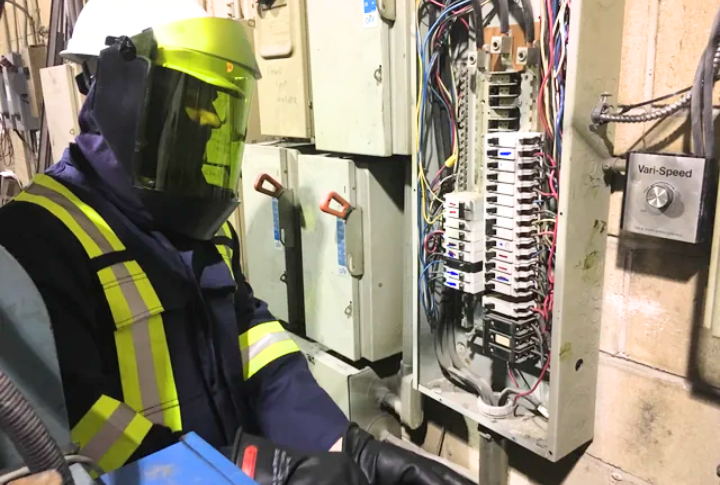
Installing electrical equipment without adhering to manufacturer specifications and NEC requirements is a common oversight. Panelboards, switches, or receptacles should be properly installed to avoid malfunctioning systems, electrical hazards, and non-compliance with standards.
Using Too Few Receptacles
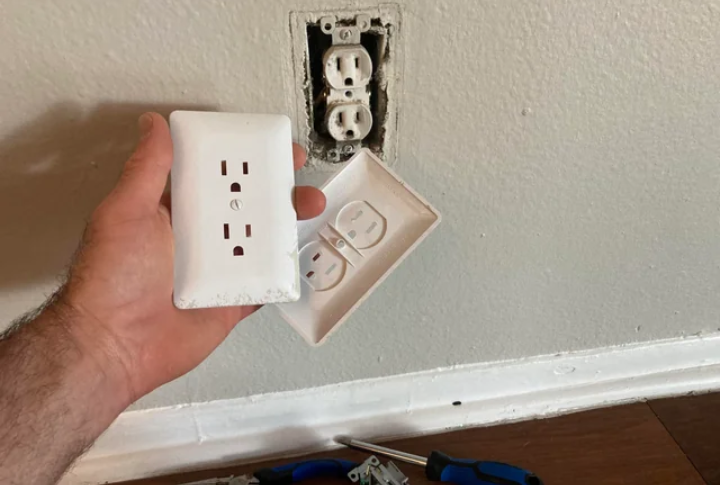
Insufficient receptacles in living spaces contribute to the overloading of circuits and the unsafe use of extension cords, power strips, and adapters. It increases the risk of fires and appliance damage and limits accessibility to electrical outlets, posing usability challenges in modern living environments.
Too Little Clearance from Combustible Materials
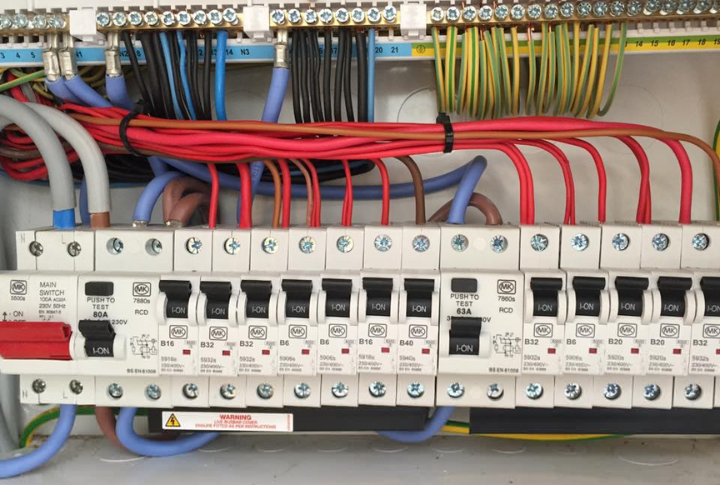
Placing electrical components too close to combustible materials such as insulation, paper, or fabrics is a violation with dire consequences. Lack of adequate clearance increases the risk of heat buildup, fire ignition, and rapid flame spread, putting occupants and structures at grave risk.
Using Outdated Wiring in Old Homes
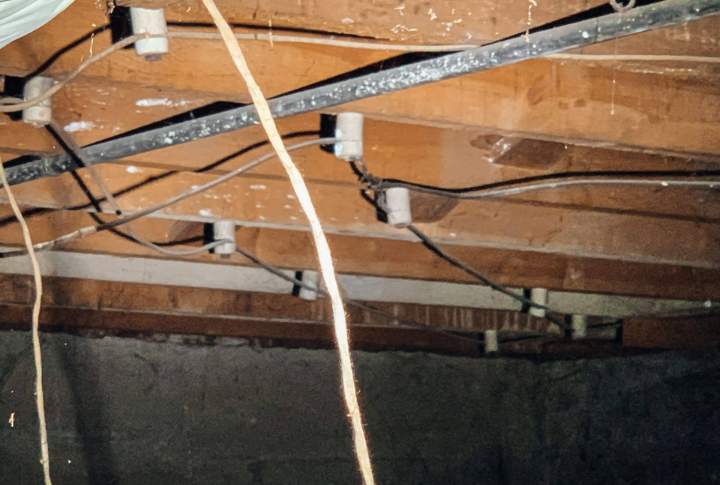
Electrical systems in older homes (over 50 years old) often exhibit outdated wiring that may not meet current NEC standards. This includes knob-and-tube wiring, aluminum wiring, and inadequate grounding, which pose high risks of electrical hazards, fires, and code non-compliance due to aging and deteriorating infrastructure.

Comments
Loading…